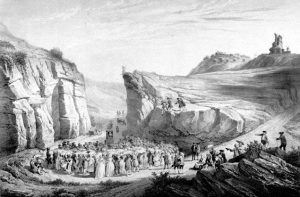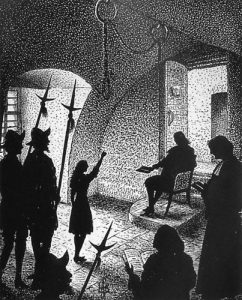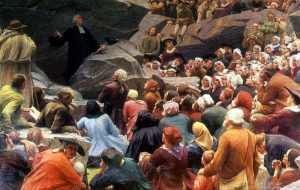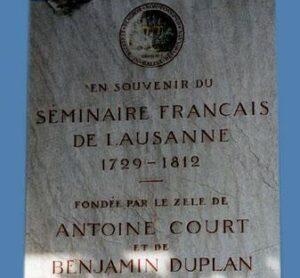From prophets to pastors : Antoine Court's reformation
In Dauphiné at the end of the 17th century, and at the beginning of the 18th century in the Cevennes, a prophetic movement spread among Protestants. Some prophets lead secret meetings, calling people to turn from Catholic ceremonies and return to Reformed Church practices. Their preaching caused the War of the Camisards.
From 1715 Antoine Court, with the help of several preachers, attempted to reorganise religious practices within the “Church of the Desert”, and to silence the prophets. He re-established the pre-1685 order in the Reformed Church, adapting it to meet current times : the elders had to keep good control of meetings, preachers had to be monitored and new pastors trained.
The synods held in the “Desert” period were both at a local and national level. The so-called national synods began with representatives from only some areas, but gradually other regions joined in. Synods laid down the rules for secret religious practice.
Pastors were appointed and recognised by the synods. They often covered vast areas and were continually in hiding. Until about 1760 they risked their lives to exercise their ministry.
In 1725 Antoine Court founded the Lausanne Seminary in Switzerland to train new pastors. Training was adapted for the secret church and reduced in length, initially taking a year, and later two years. Study was financed by collections from neighbouring protestant countries.
The threat of persecution, even if there were periods of respite, did not really stop until about 1760. It was necessary to adapt things specifically for the “underground church” : minute Bibles that could be hidden in women’s buns or, for “Church of the Desert” preachers, pulpits that could be disassembled.






